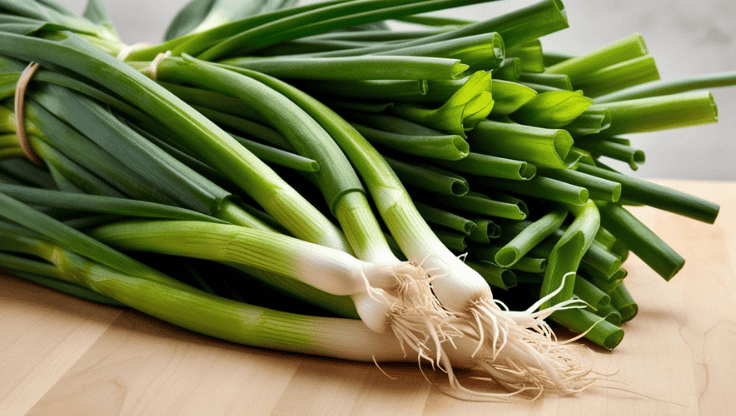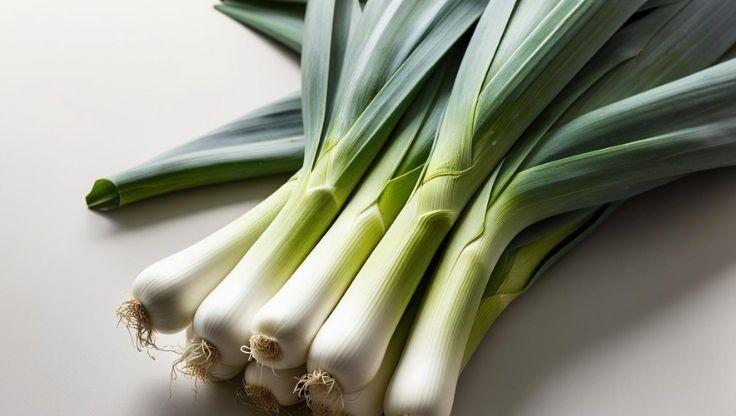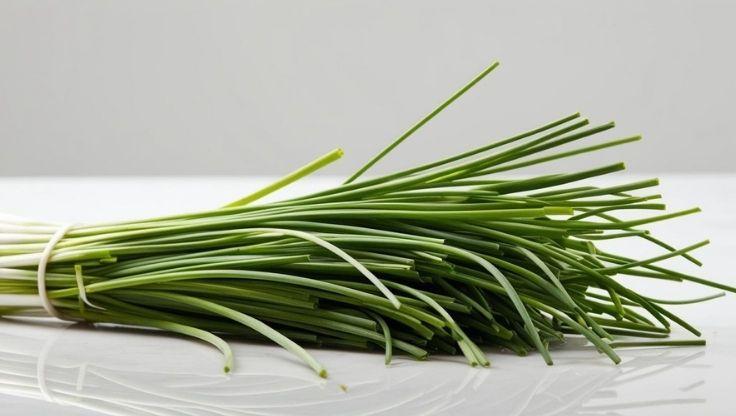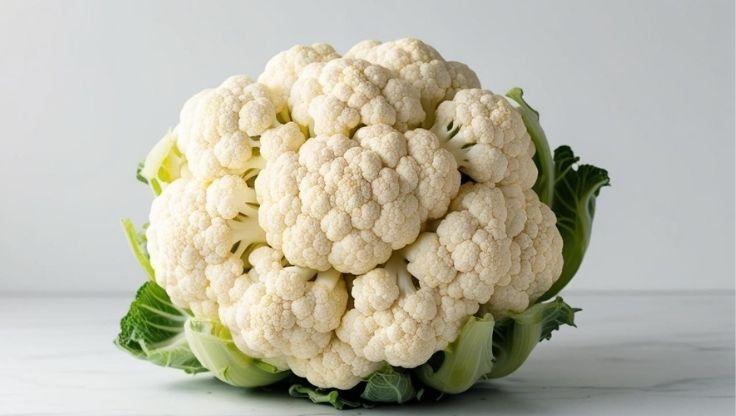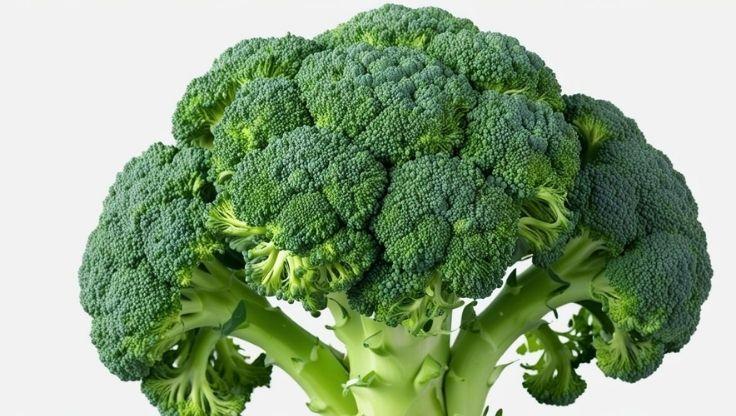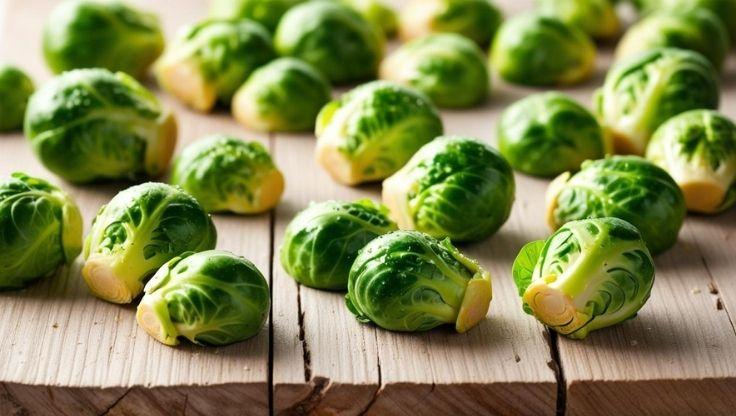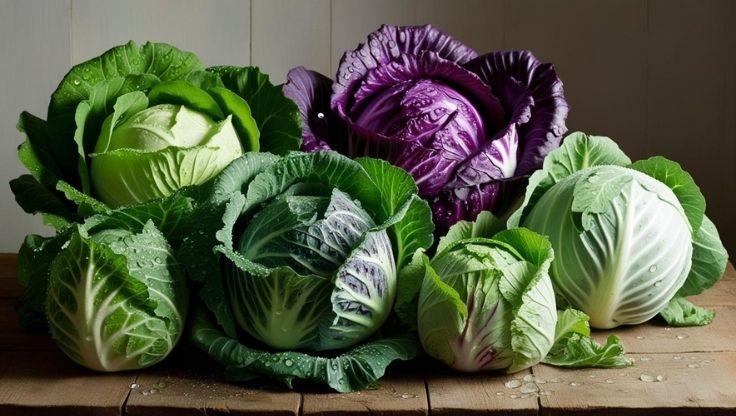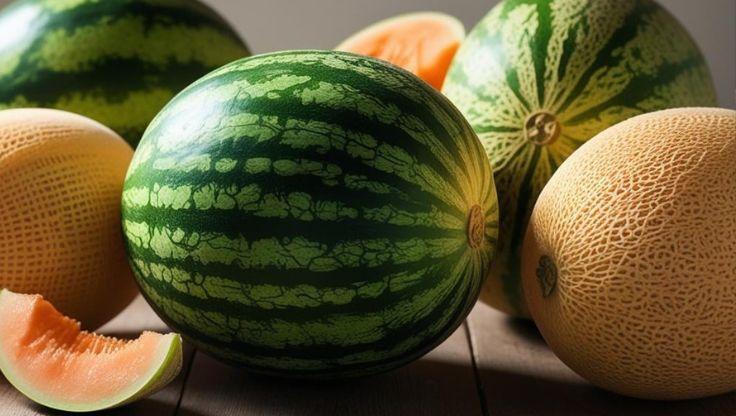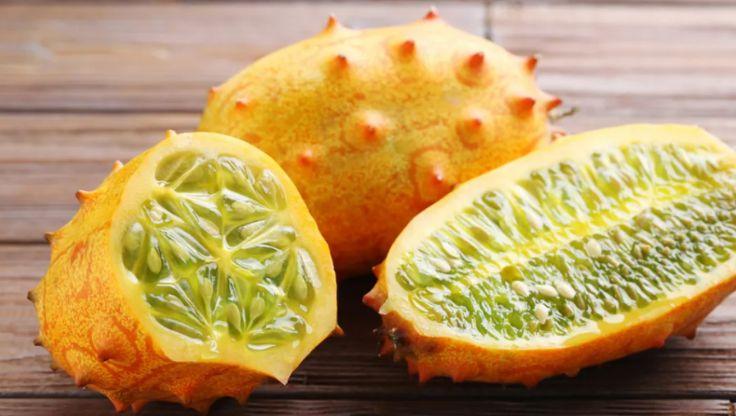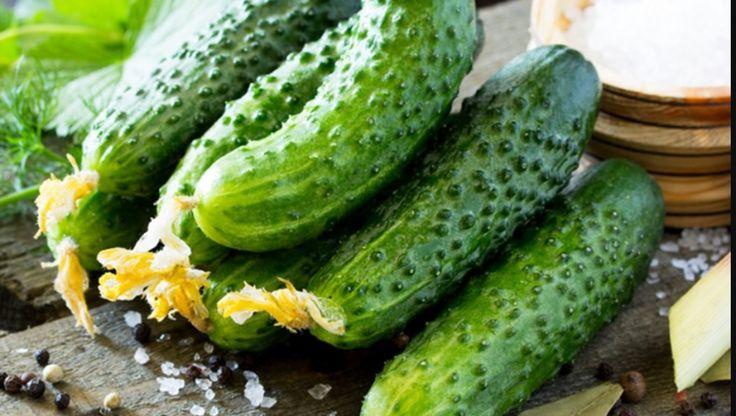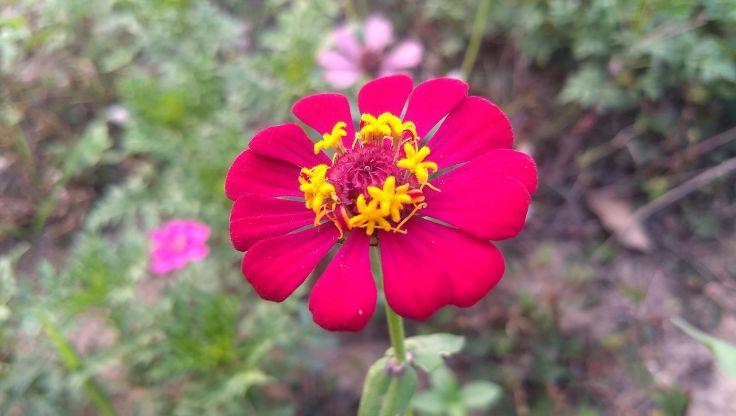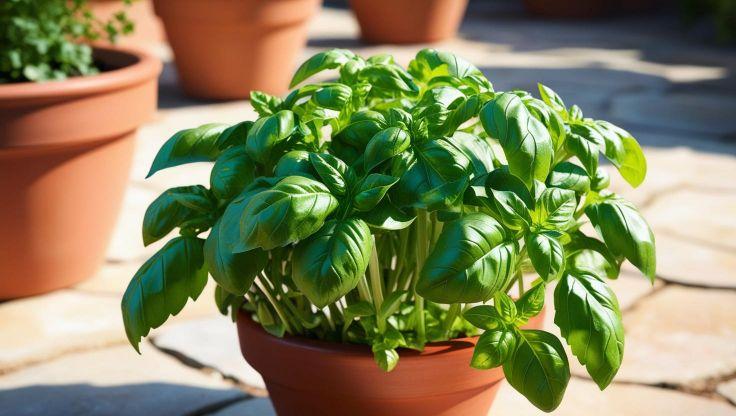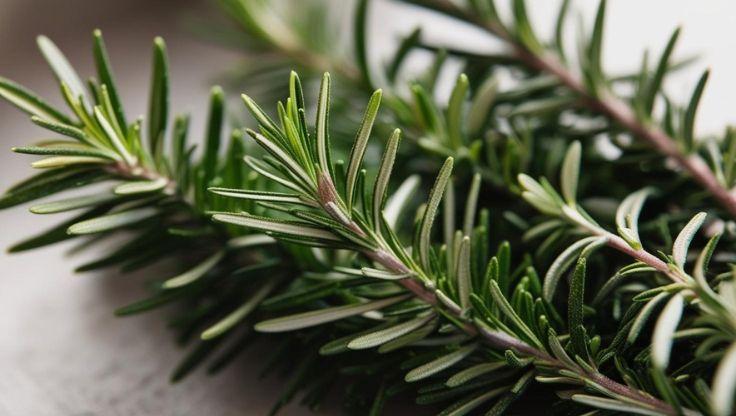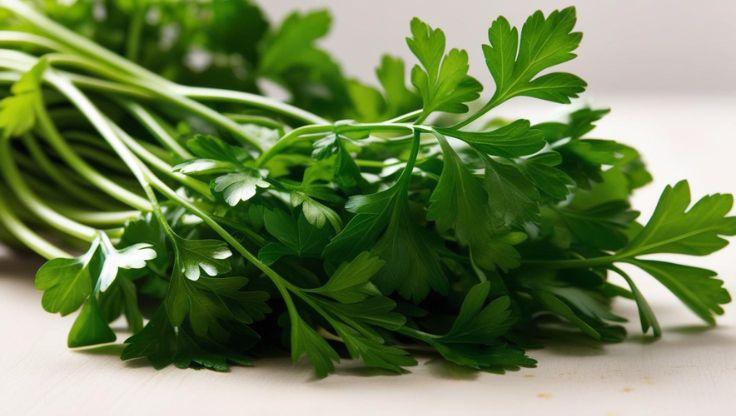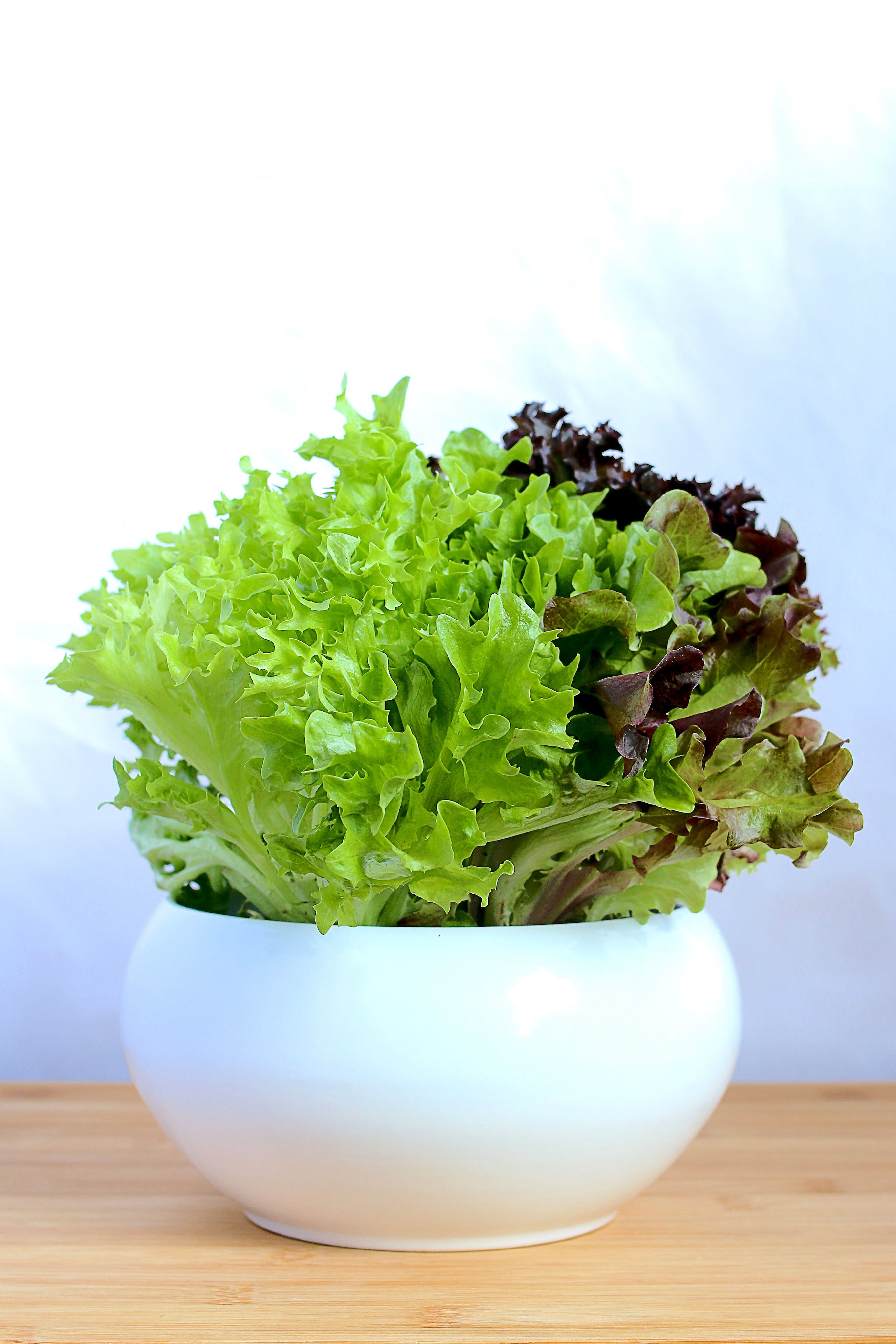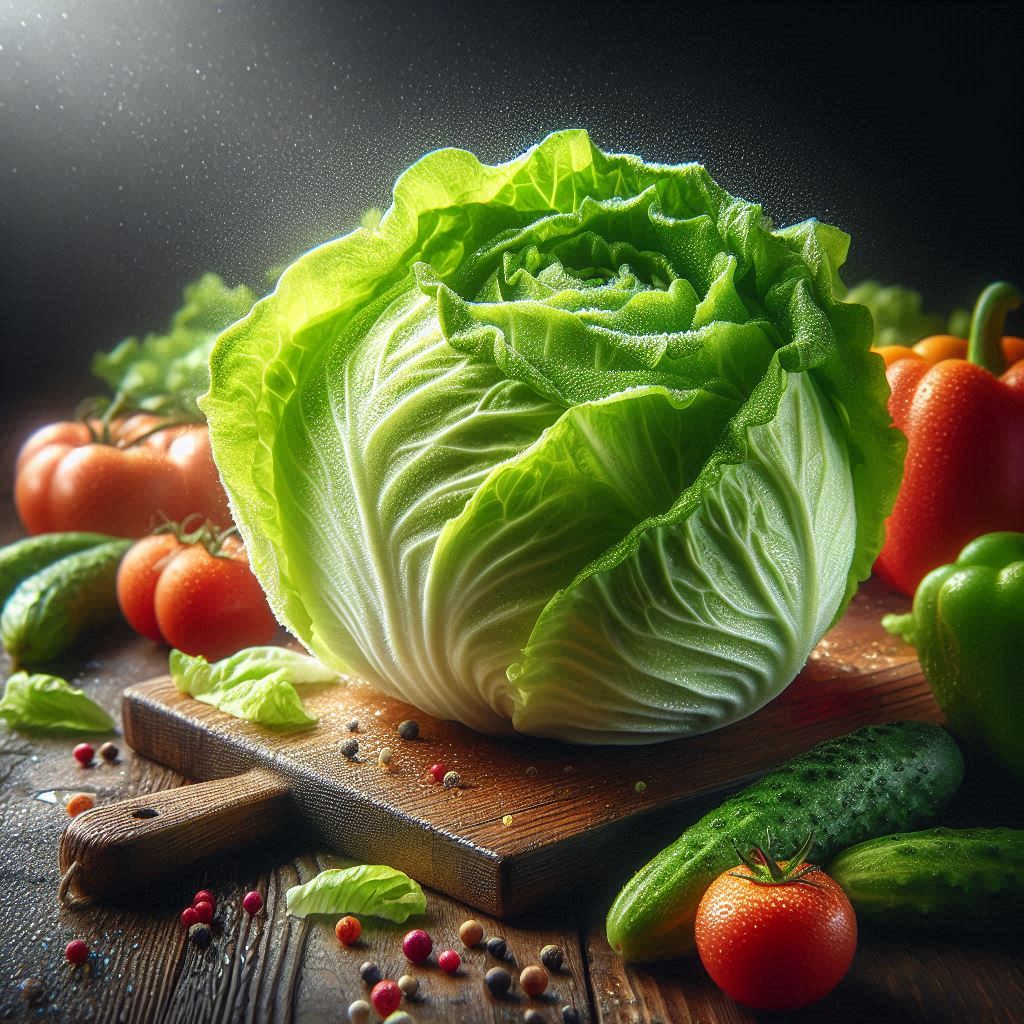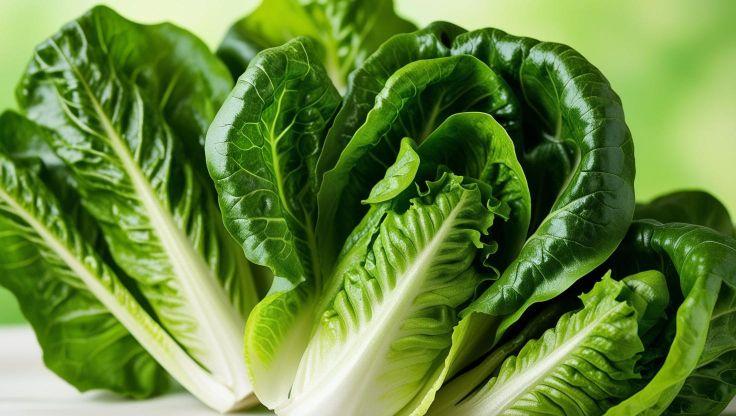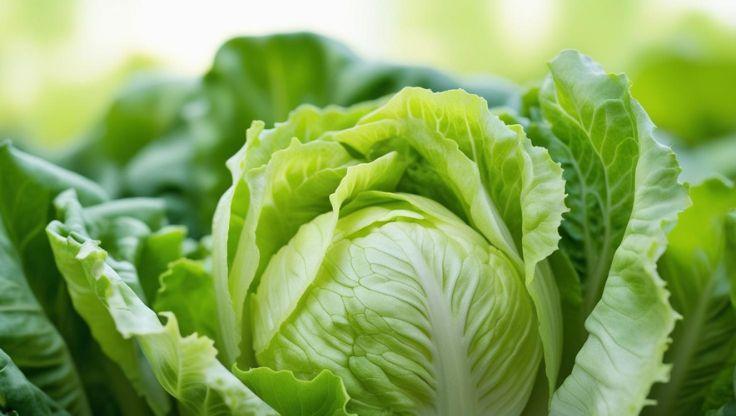Hydroponic Plants & Komatsuna: Everything You Need to Know
Komatsuna (Brassica rapa var. perviridis), also known as Japanese mustard spinach, is a fast-growing hydroponic vegetable originating from Japan. It thrives in controlled environments, making it ideal for hydroponic plants and Komatsuna farming. Compared to traditional soil-based cultivation, hydroponic systems offer better nutrient control, water efficiency, and faster growth cycles.

Optimized Hydroponic Growing Conditions for Komatsuna
Ideal pH & EC Levels
Maintaining precise pH and electrical conductivity (EC) levels is critical for the successful cultivation of hydroponic plants. Komatsuna thrives in a pH range of 5.5–6.5, optimizing nutrient absorption and root health. An EC level of 1.5–2.5 mS/cm ensures an adequate nutrient concentration, promoting vigorous leaf growth and overall resilience. Frequent monitoring and adjustments prevent deficiencies, supporting sustained development.
Light, Temperature & Humidity Requirements
Komatsuna benefits from 12–16 hours of daily light exposure, preferably from full-spectrum LED or fluorescent lighting, which enhances photosynthesis. Stable temperatures between 18–25°C create optimal growing conditions. Maintaining a relative humidity of 60–70% prevents excessive water loss while minimizing disease risks. Proper ventilation, along with humidity control systems such as dehumidifiers and misting mechanisms, helps regulate the environment effectively.
Best Hydroponic Systems for Komatsuna
Komatsuna excels in Nutrient Film Technique (NFT), Deep Water Culture (DWC), and aeroponics systems. NFT delivers nutrients via a thin, continuous film, ensuring constant hydration. DWC submerges roots in aerated nutrient solutions, promoting rapid and healthy growth. Aeroponics enhances oxygen availability by misting nutrient solutions directly onto roots, maximizing efficiency and reducing water usage. Choosing the right hydroponic method depends on space, nutrient delivery efficiency, and production goals.
Nutrient Solutions & Water Management
A properly balanced nutrient solution is essential for optimal Komatsuna growth. Key macronutrients—nitrogen (N), phosphorus (P), potassium (K), calcium (Ca), and magnesium (Mg)—support leaf development, root health, and resistance to environmental stress. Efficient water management includes automated irrigation systems and filtration mechanisms, preventing nutrient depletion and ensuring consistent hydration. Regular reservoir cleaning minimizes microbial contamination and algae buildup, maintaining a stable growing environment.
By applying precise hydroponic techniques, growers can optimize Komatsuna yield while preserving plant health. Consistent pH and EC monitoring, environmental regulation, and strategic nutrient management collectively enhance growth efficiency, ensuring high-quality produce
Optimized Hydroponic Cultivation: From Seed to Harvest
Seed Germination & Early Growth
Komatsuna seeds initiate their growing cycle with rapid germination within 3–5 days, provided the environment maintains a stable temperature of 18–22°C and adequate moisture levels. Proper spacing is critical at this stage; each hole should contain 2–3 seeds, ensuring balanced root development and preventing overcrowding. Hydroponic plants benefit from precise environmental controls, resulting in higher germination rates and uniform growth compared to traditional soil-based methods.
Transplanting & Growth Progression
As seedlings mature over 7–10 days, they develop strong root systems, preparing them for transplantation into a hydroponic setup. Once established, Komatsuna reaches full maturity in 30–40 days, showing significant advantages over conventional cultivation. Hydroponic methods enhance nutrient absorption efficiency, reducing growth variability and accelerating development. By eliminating soil-related issues such as pests, inconsistent nutrient delivery, and unpredictable weather conditions, growers can achieve consistent yields and superior plant health.
Varietal Selection for Hydroponic Plants
Selecting the most suitable variety plays a vital role in optimizing production. Summerfest is a well-regarded option, prized for its resilience in warmer climates. Torasan, known for its rich flavor and adaptability, excels in hydroponic systems. Hybrid varieties such as Misome and Senposai integrate the best traits of traditional Komatsuna and other Brassica species, offering enhanced disease resistance and superior yield potential. Understanding the unique characteristics of each variety allows cultivators to tailor their hydroponic strategy for maximum efficiency and crop quality.
Komatsuna: Uses and Benefits in Hydroponic Cultivation
Culinary Applications
Komatsuna is a highly versatile leafy green with a mild mustard-cabbage flavor, making it an essential ingredient in a wide range of dishes. It is commonly used in salads, stir-fries, soups, and pickled preparations, adding both texture and nutritional value. In Japanese cuisine, it is frequently incorporated into miso soup or lightly sautéed with garlic and soy sauce, enhancing its savory depth. Its tender leaves and stems make it an excellent addition to smoothies and rice bowls, bringing both freshness and beneficial nutrients.
Beyond traditional preparations, Komatsuna pairs exceptionally well with proteins such as tofu, chicken, and seafood, making it ideal for balanced meals. Its subtle yet distinct flavor profile allows it to be seamlessly integrated into various culinary styles, from Asian-inspired dishes to Western-style sautés and plant-based alternatives. This adaptability has made Komatsuna a popular choice among chefs and home cooks alike.
Health Benefits
Komatsuna is packed with vitamins A, C, and K, all of which are essential for maintaining immune function, bone strength, and skin rejuvenation. It is also rich in calcium, iron, and powerful antioxidants, which help combat oxidative stress, improve cardiovascular wellness, and enhance cellular repair processes. Additionally, its high fiber content aids digestion, promoting gut health and overall metabolic efficiency.
A key component of Komatsuna's health benefits is its magnesium content, which plays an important role in regulating blood pressure and muscle function. Studies suggest that regular consumption of magnesium-rich greens like Komatsuna may help lower inflammation, reduce joint pain, and improve long-term skeletal health. Furthermore, its naturally occurring phytochemicals contribute to cancer prevention, reinforcing its reputation as a powerhouse of nutrition.
Challenges and Solutions in Hydroponic Komatsuna Cultivation
Common Pests & Diseases Affecting Hydroponic Plants
Despite the advantages of hydroponic farming, Komatsuna remains susceptible to pests and diseases that can hinder growth and reduce yield. Aphids, small sap-sucking insects, can weaken plants by draining essential nutrients, leading to stunted growth. Fungal infections, such as powdery mildew and root rot, thrive in humid environments, affecting leaf quality and root health. Additionally, nutrient deficiencies, particularly nitrogen, calcium, and magnesium imbalances, can cause leaf discoloration, poor structural integrity, and reduced productivity.
Effective Solutions for Pest and Disease Management
Implementing regular monitoring is crucial for early detection and prevention of infestations. Integrated Pest Management (IPM) strategies, including biological controls like ladybugs for aphid suppression and organic fungicides for disease prevention, help maintain plant health without excessive chemical use. Maintaining optimal environmental conditions, such as proper air circulation, humidity control, and balanced nutrient solutions, minimizes the risk of fungal outbreaks and deficiencies.
Conclusion
Hydroponic cultivation has transformed the way Komatsuna is grown, offering superior efficiency, precise nutrient control, and accelerated growth cycles compared to traditional soil-based methods. By maintaining optimal pH and EC levels, regulating light, temperature, and humidity, and selecting the most effective hydroponic systems, growers can ensure vigorous plant development and consistent yields.
From seed germination to harvest, Komatsuna thrives under carefully managed hydroponic conditions, benefiting from enhanced nutrient absorption and environmental stability. Its culinary versatility, nutritional richness, and sustainability advantages make it an excellent choice for both home growers and commercial farmers looking to optimize production.
As hydroponic technology continues to evolve, Komatsuna remains a prime example of how innovative cultivation methods can enhance food security, reduce environmental impact, and support sustainable agriculture. Whether for personal consumption or large-scale farming, hydroponics provides a reliable, efficient, and future-ready solution for growing healthy, high-quality Komatsuna.
Research for expert insights
For expert insight and valuable information, check out the following comprehensive articles:
Company or Institution Name: Springer
Article Title: Growth response of Komatsuna (Brassica rapa var. peruviridis) to root and foliar applications of phosphite
Company or Institution Name: Scientific Research Publishing
Article Title: Growth and development of Komatsuna in NFT (nutrient film technique) system, as influenced by natural mineral
Company or Institution Name: Journal of Plant Nutrition
Article Title: Effects of a pH-Buffer Nutrient Treatment on Growth and Development of Komatsuna Plants Grown in Hydroponics
Company or Institution Name: Agricultural Sciences Journal
Article Title: Hydroponic Cultivation of Komatsuna Using Quartz Porphyry Treated Nutrient Solution
Company or Institution Name: Plant and Soil Journal
Article Title: Influence of Nutrient Composition on Hydroponic Growth of Komatsuna
Their detailed analysis provides in-depth knowledge, making them an excellent resource for readers who want to expand their understanding.


